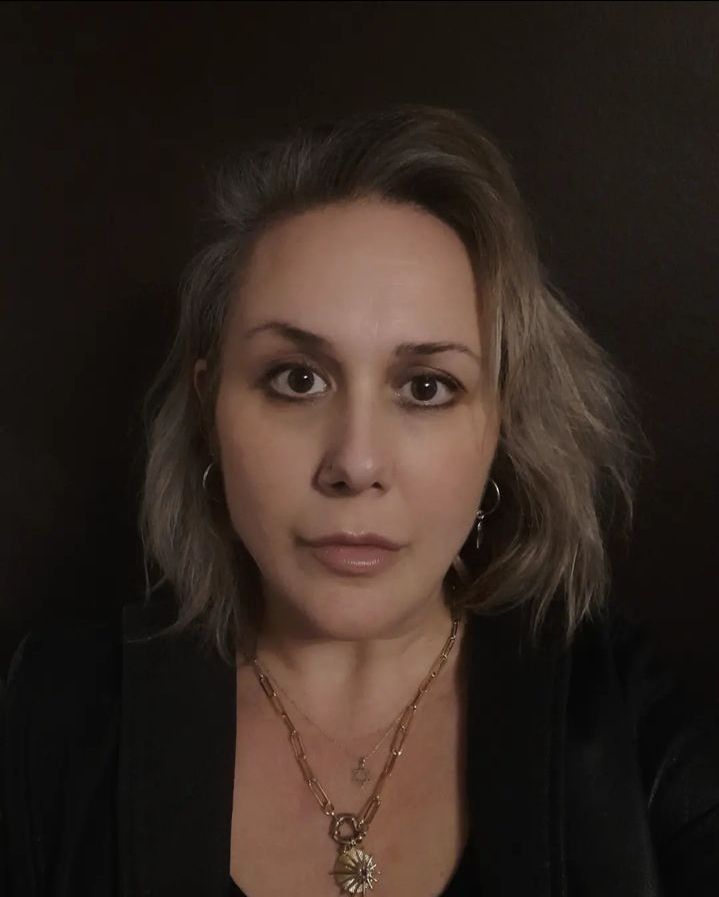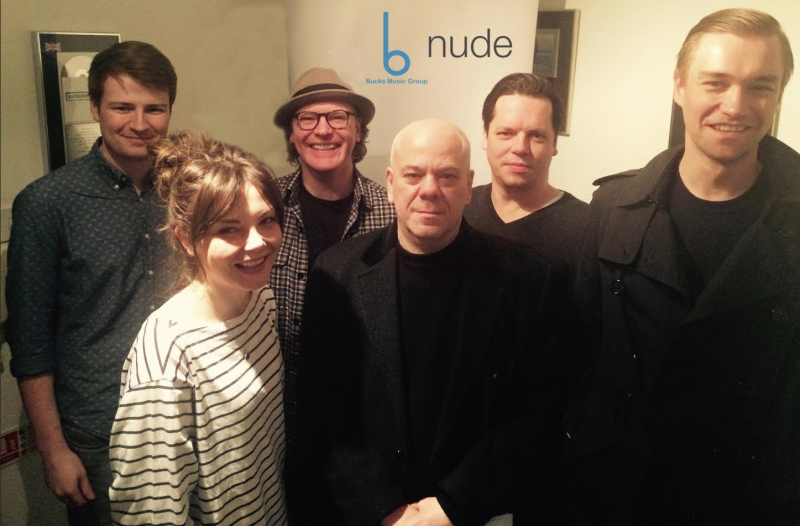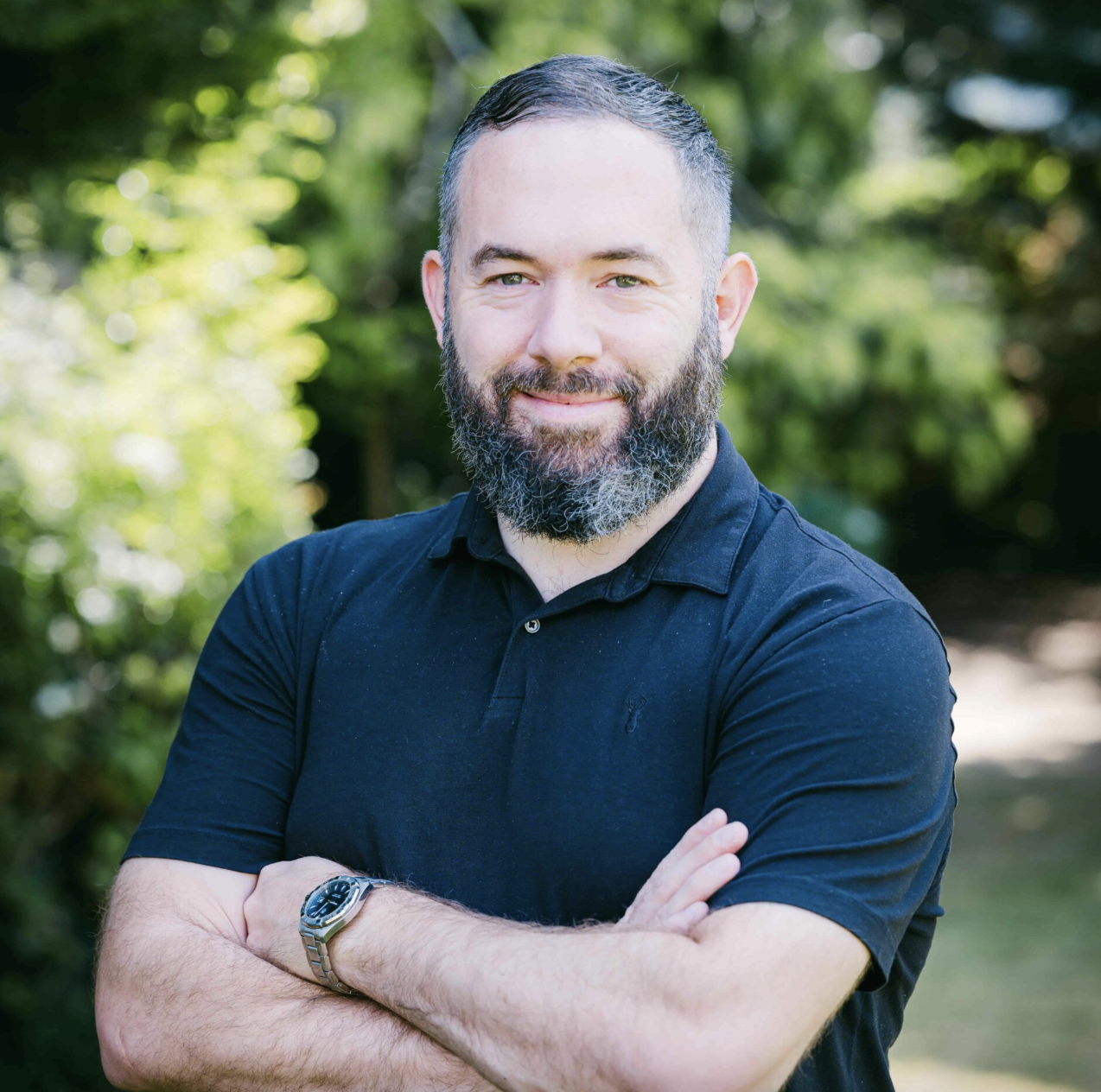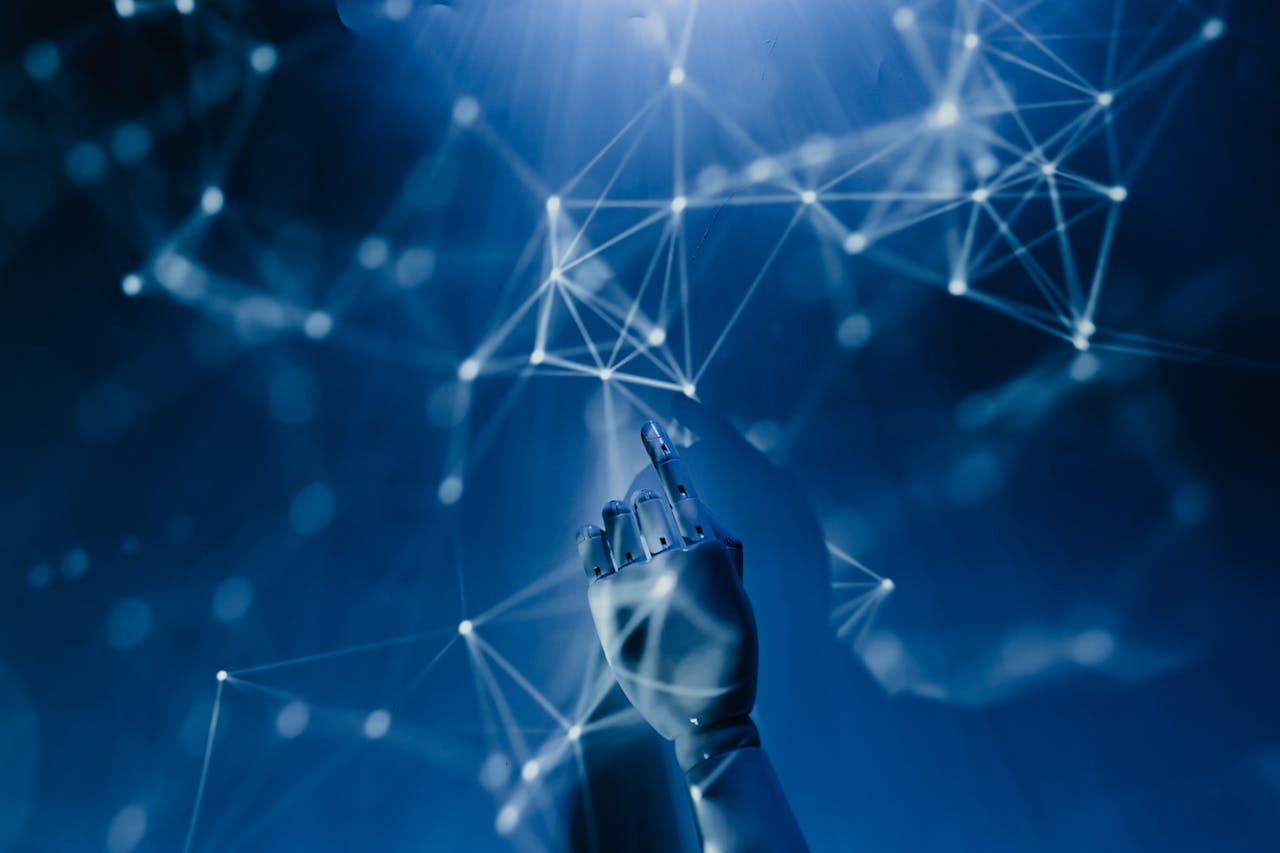The Tech National spoke to Herman C. DeBoard III, CEO and Founder of Huvr Inc., a tech startup with products that focus on video and fiber optics using AI and machine vision capabilities for both marketing and security purposes.
How does Huvr Inc. leverage AI and machine vision technologies in its video and fiber optics products to enhance marketing and security functionalities?
DeBoard: In security applications, we use sophisticated AI technology combined with a fiber optic ring interferometer to identify bad actors and alert security personnel just a little bit faster.
Security teams in large venues like stadiums monitor a constant flow of data from more than a thousand cameras. FoRI technology becomes their eyes and ears, telling them where to look. The highly sensitive fiber-optic loop detects even the slightest disturbance. When it detects an anomaly, it points a camera in that direction, sends a 60-second clip to the server, and compiles a detailed report. That real-time description tells the security team how many people are involved, what they look like, and where they are going.
AI categorizes each anomaly according to the level of threat it poses. Each time the system reports an anomaly, its ability to assess risk becomes a little smarter.
In terms of marketing, technology is already in place on billboards and other forms of advertising. It pings off your phone’s Bluetooth signal to tell companies how many people saw their ads. The technology can say 200,000 people were near this billboard, but that doesn't give brands accurate data. It just says there are people in the area.
We’ve become blind to much of the marketing noise around us. There are billboards everywhere, and no one looks at all of them. However, Huvr can now install AI-powered cameras to Identify how many people are looking at the billboard. The AI system does not employ facial recognition; it simply tracks how many people looked in its direction and saw that message. It then identifies the person's age, race, gender, and more.
What technical challenges did Huvr face in developing a platform capable of supporting up to 15,000 concurrent viewers, and how were these addressed?
DeBoard: We had technical challenges like you wouldn't believe. But the great news is that we have recently made massive headway in this area. We now have no limits. Huvr can accommodate 100,000 viewers or more per device.
How is data collected during virtual events on Huvr's platform, and what methods are used to analyze and utilize this data?
DeBoard: For OpticSense, our system stores data to become smarter. For example, if a gunshot goes off, it will learn and store that particular sound. We have units all over the world in banks, venues, and office buildings. All the systems become smarter based on what each system is learning.
When we collect security data, however, it is not tied to a specific individual. We collect general descriptions, such as a 42-year-old male with brown hair wearing a black hoodie.
What measures does Huvr implement to ensure data security and privacy for users of its virtual event and OpticSense products?
DeBoard: We use top-of-the-line security standards to protect our OpticSense security data. We have to because we're working with government organizations. Our virtual travel app gives users the option to delete their data whenever they choose.
What advancements in AI, machine vision, and fiber optics do you anticipate will shape the future of Huvr Inc.?
DeBoard: I'm very interested in real-time language translation. These AI systems are currently in their early stages, but I envision language translation in real time. For example, when our travelers take a virtual tour in Egypt, we want the app’s AI to translate everything the local guide says automatically.









